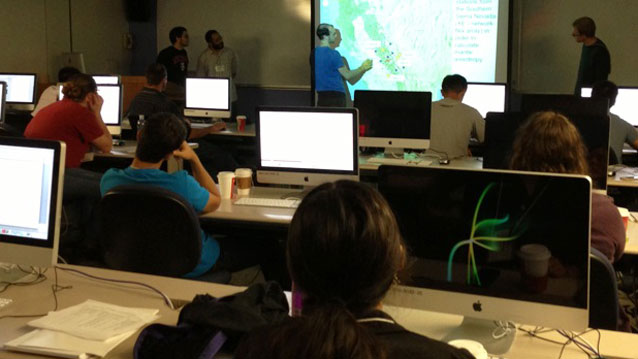EVANSTON, Ill. --- Seismology graduate students from around the country are coming to Northwestern University this summer for a popular short course focused on grappling with the big data produced by USArray, a main pillar of the National Science Foundation’s Earthscope program.
The 400-instrument seismic network, now occupying more than 2,000 sites across the country, is designed to study the formation and evolution of the North American continent and the physical processes involved in earthquakes and volcanism.
The course teaches students -- the next generation of seismologists -- how to handle vast amounts of data on the continent’s structures that are seismically active now or in the geological past.
“We cover a lot of computer-based data processing and data analysis tools as well as how to develop, program and improve new tools and work flows to help solve some of the data challenges,” said Suzan van der Lee, associate professor of Earth and planetary sciences in the Weinberg College of Arts and Sciences, who has co-taught the course since she started it in 2009 with a colleague from Indiana University.
“The course also offers the students the chance to collaborate and network with their peers, which is invaluable given the small size of many seismology programs,” van der Lee said.


